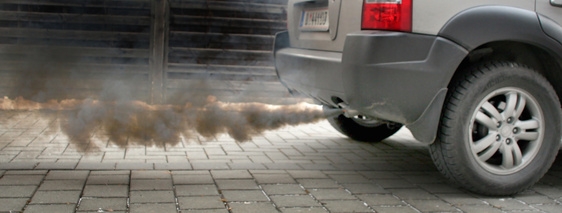
Oxygen sensors monitor fuel-to-air ratio being expelled from the engine into the exhaust system. Since 1995, the number of oxygen sensors on vehicles has at least doubled. Downstream sensors monitor the efficiency of the catalytic converter. A perfect fuel-to-air ratio exists for a combustible engine to run effectively without expelling too many harmful emissions. When the system monitors a problem, it notifies the computer of the car. In the interim, before the vehicle is properly diagnosed and corrected, the problem compounds and damages other exhaust components.
Lift the vehicle with a service jack and support it on jack stands.
Follow the wiring of the faulty oxygen sensor(s) to the plug connection, then disconnect the mating plugs. Remove any zip ties or plastic retaining brackets that may be attached to the oxygen sensor side of the plug connection with a wire cutter.
Place the loose wire from the sensor into the slot of an oxygen sensor socket, which is a 22-mm socket with a slotted side, and apply counter-clockwise force until the sensor breaks free. You may need other tools, like a swivel or an extension, depending on space and vehicle application. Sometimes, heating up the exhaust for a couple of minutes so the metal expands may help break the connection.
Free the oxygen sensor with a 22-mm box-end hand wrench. Place the wire through the box-end loop of the wrench, then place the loop on the sensor to remove it.
Hand-thread the new sensor in to ensure you do not cross thread it. Sensors only use four to five threads, and they are fragile. Tighten the sensor snugly, but do not over-tighten or you'll strip the threads of the replacement sensor.
Plug the sensor back to the wire harness inlet and replace the zip ties or plastic retaining brackets to their respective areas.